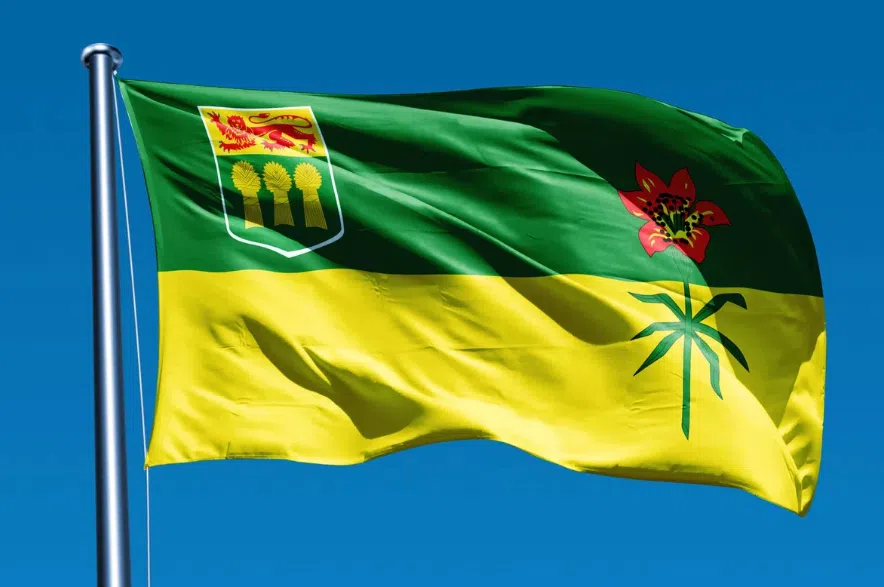Saskatchewan is celebrating 120 years as a province, and historians say its story is one of ambition, hardship and reinvention.
When Saskatchewan was carved out of the Northwest Territories in 1905, it was paired with Alberta as Canada’s “twin provinces.” Historian Bill Waiser said the dream at the time was clear — build a Prairie powerhouse through farming.
Read more:
- Sask. First Nation receives up to $7 million loan guarantee for solar project
- Métis Nation-Saskatchewan declares state of emergency around drugs, violence, gangs
- Saskatchewan posts $349 million budget deficit after signalling $12 million surplus
“By the First World War, we were growing half the wheat in Canada,” Waiser said. “We were one of the fastest growing provinces in the country.”
But that growth came at a cost. The province ignored its northern half and excluded many communities, including Indigenous and Métis. Society a century ago was not built on diversity, but rather conformity.
That reliance on a single crop also left Saskatchewan deeply vulnerable. When drought swept across the Prairies during the Great Depression, the province was staggered.
“We learned from the 1930s we couldn’t put our eggs in one basket,” Waiser said. “So we did diversify our economy, but it’s still a vulnerable economy.”

Historian Bill Waiser says immigrant and Indigenous communities are central to the province’s future. (Shane Clausing/650 CKOM)
The decades that followed saw Saskatchewan expand beyond wheat and agriculture.
Today the province exports everything from potash and uranium to oil and forestry products. Waiser says Saskatchewan now ships to more countries than any other province in Canada, a point he says is often overlooked. But he adds that questions remain about whether enough of that wealth stays at home.
The province has also been transformed socially. Saskatchewan, once resistant to new cultures, is now home to a growing immigrant population and resurgent Indigenous presence. Waiser says those communities are central to the province’s future.
“We need to learn from the past and not repeat the nastiness,” he said. “We have to embrace these people and move forward together. We’re all in this together.”
While Saskatchewan is often imagined as a land of wheat fields and country elavators, the province is now largely urban. Two-thirds of residents live in cities, with Saskatoon and Regina leading the growth. Meanwhile, rural areas face declining populations, larger farm operations and challenges with access to services.
As Saskatchewan marks its 120th anniversary, Waiser said its past offers lessons for the road ahead: diversify, embrace diversity and share the benefits of growth.
“Its going to be very interesting to see what happens,” Waiser said.
Read more:











